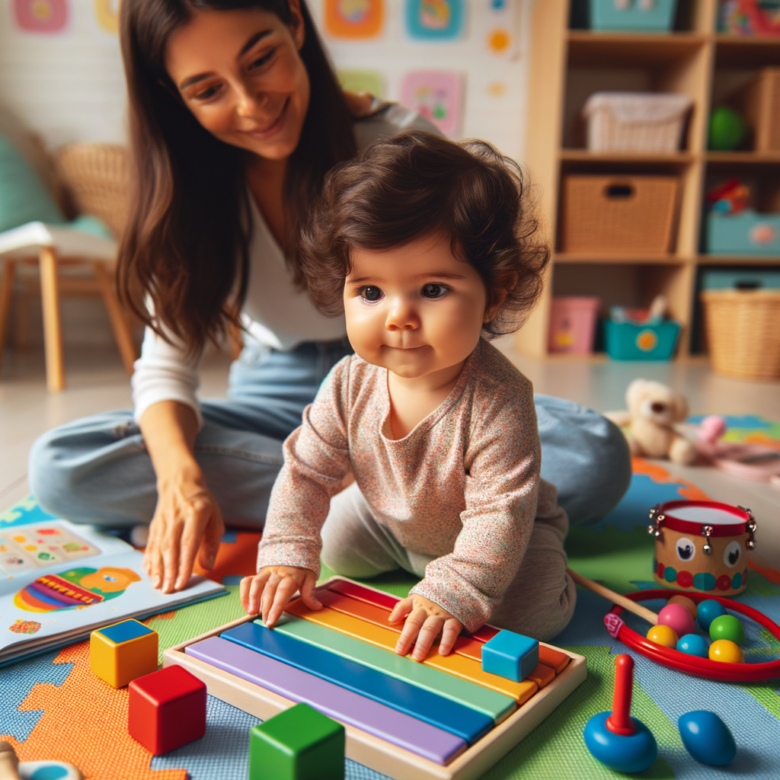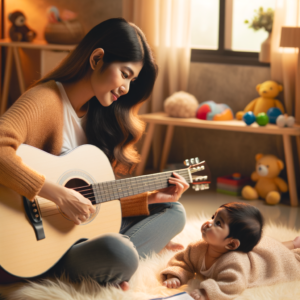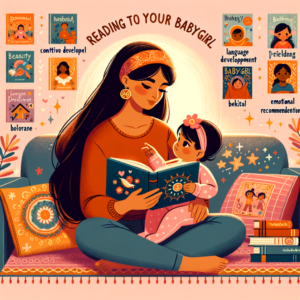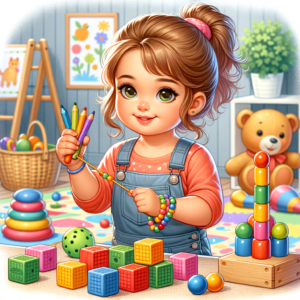Every babygirl is unique, and this individuality extends to how she learns and interacts with the world around her. Understanding your babygirl’s learning style can help you tailor activities and experiences to best support her development. This comprehensive guide will explore different learning styles, how to identify your babygirl’s preferences, and provide activities suited to each style.
Understanding Learning Styles in Babies
While the concept of learning styles is more commonly applied to older children and adults, babies also show preferences in how they engage with their environment. The main learning styles typically recognized are:
- Visual (Spatial)
- Auditory (Musical)
- Kinesthetic (Physical)
It’s important to note that babies often use a combination of these styles and may show different preferences at different stages of development.
Identifying Your Babygirl’s Learning Style
Observe how your babygirl interacts with her environment:
| ### Visual Learners |
|---|
- Highly attentive to faces and expressions
- Drawn to bright colors and patterns
- Enjoys looking at pictures in books
Auditory Learners
- Responds strongly to voices and music
- Coos and babbles frequently
- Calms easily with songs or rhythmic sounds
Kinesthetic Learners
- Very physically active
- Enjoys touching and feeling different textures
- Learns best through movement and hands-on exploration
Activities Tailored to Each Learning Style
For Visual Learners
- High-Contrast Cards
- Use black and white patterns for young babies
- Introduce colorful picture books as she grows
- Mirror Play
- Encourage self-recognition and facial expressions
- Visual Tracking Games
- Move objects slowly across her field of vision
- Picture Walks
- Point out and name objects in your environment
- Sorting Activities
- As she grows, introduce color or shape sorting games
For Auditory Learners
- Sing-Along Sessions
- Incorporate a variety of songs throughout the day
- Sound Exploration
- Introduce different sounds (rattles, bells, nature sounds)
- Rhythmic Activities
- Clap, tap, or drum simple rhythms
- Storytime with Sound Effects
- Add sounds to enhance story narration
- Musical Instruments
- Offer simple instruments for exploration
For Kinesthetic Learners
- Tummy Time
- Encourage physical movement and exploration
- Texture Play
- Provide a variety of safe textures to touch and feel
- Water Play
- Supervised splashing and pouring activities
- Dance and Movement
- Encourage physical responses to music
- Obstacle Courses
- As she becomes mobile, create safe spaces for crawling and climbing
Multi-Sensory Activities
While it’s helpful to cater to your babygirl’s preferred learning style, incorporating multi-sensory activities can provide a well-rounded learning experience:
- Sensory Bins
- Combine visual, tactile, and auditory elements
- Nature Walks
- Engage multiple senses with outdoor experiences
- Finger Painting
- Combines visual, tactile, and kinesthetic learning
- Interactive Nursery Rhymes
- Incorporate gestures with songs for a multi-sensory experience
- Playdough or Edible Dough
- Engages visual, tactile, and kinesthetic senses
Adapting Your Approach as She Grows
Your babygirl’s learning preferences may change as she develops. Regularly reassess and adjust your activities to match her current interests and abilities.
Creating a Balanced Learning Environment
While catering to your babygirl’s preferred style, it’s important to offer a variety of experiences:
- Set up different activity stations (e.g., reading corner, music area, movement space)
- Rotate toys and activities to maintain interest
- Incorporate all learning styles into daily routines
Frequently Asked Questions
Q: Can my babygirl have more than one learning style? A: Yes, many babies (and adults) use a combination of learning styles.
Q: How early can I identify my babygirl’s learning style? A: You may start noticing preferences as early as 3-4 months, but these can change over time.
Q: What if I can’t determine my babygirl’s learning style? A: Don’t worry! Offer a variety of activities and experiences. Her preferences will become clearer as she develops.
Q: Should I only focus on activities that match her learning style? A: While it’s good to cater to her preferences, exposing her to all types of learning experiences is beneficial for well-rounded development.
Conclusion
Understanding and catering to your babygirl’s learning style can enhance her engagement, enjoyment, and overall development. By observing her preferences and tailoring activities accordingly, you’re providing a supportive environment that nurtures her natural curiosity and love for learning.
Remember, every babygirl is unique, and what works best may be a combination of approaches. The key is to remain flexible, observant, and responsive to your babygirl’s cues. Celebrate her individual way of exploring and interacting with the world.
As you embark on this journey of discovery with your babygirl, keep in mind that the most important factor in her learning is not the specific activities you choose, but the loving, responsive interactions you share. Your attention, encouragement, and joy in her discoveries are the most powerful learning tools of all.
Embrace the adventure of learning alongside your babygirl. As you explore different activities and approaches, you’ll not only support her development but also deepen your understanding of her unique personality and preferences. This knowledge will serve as a foundation for nurturing her growth and learning for years to come.



